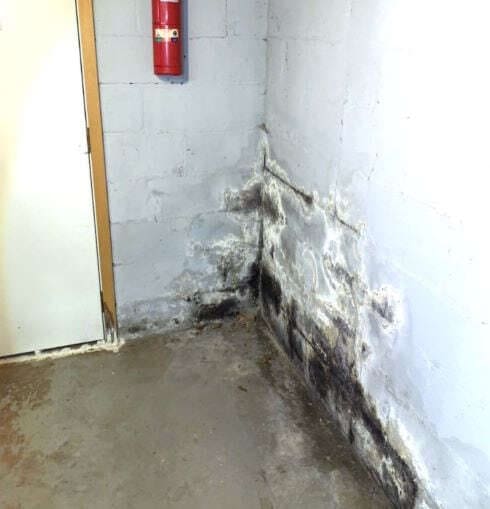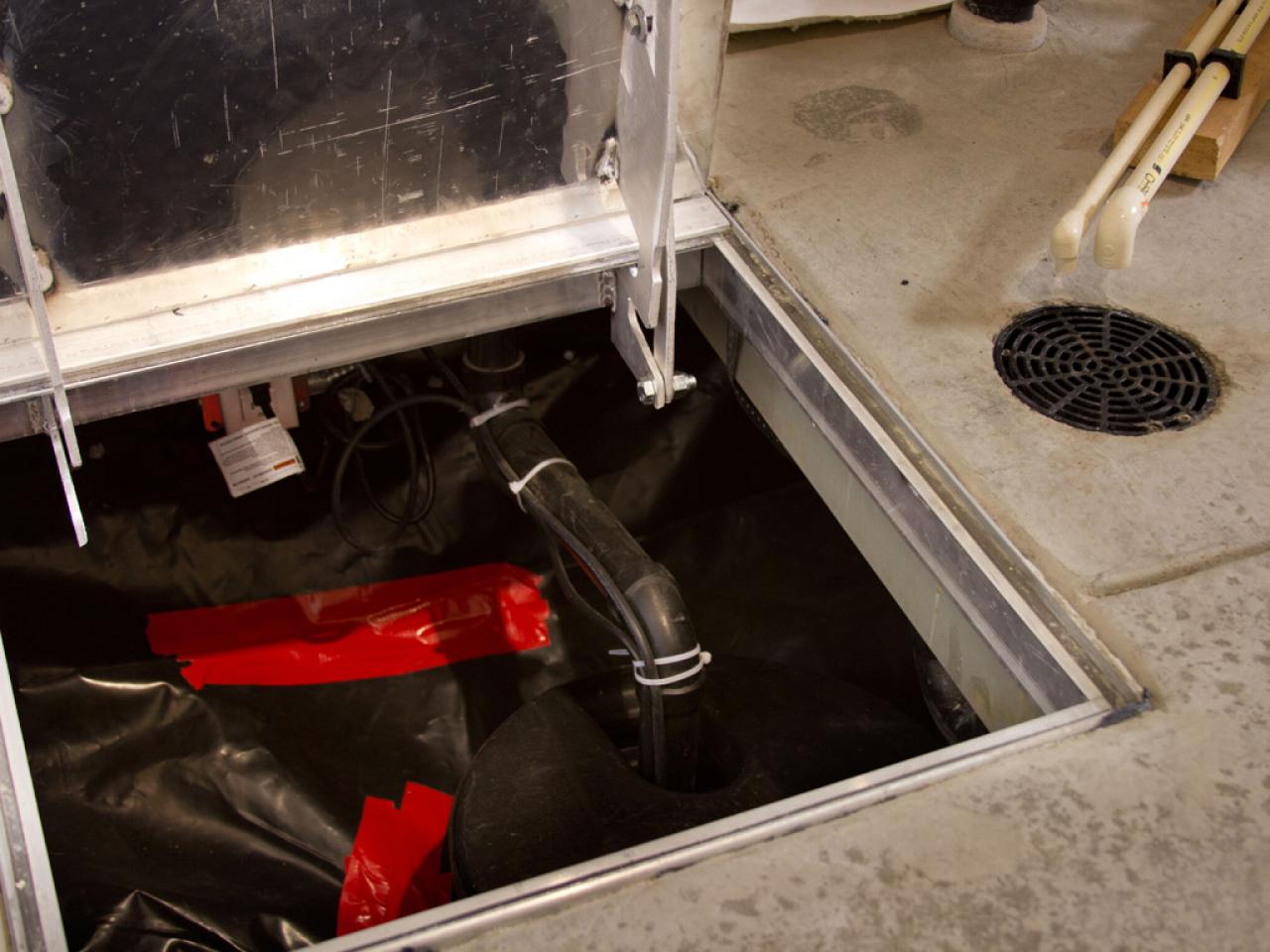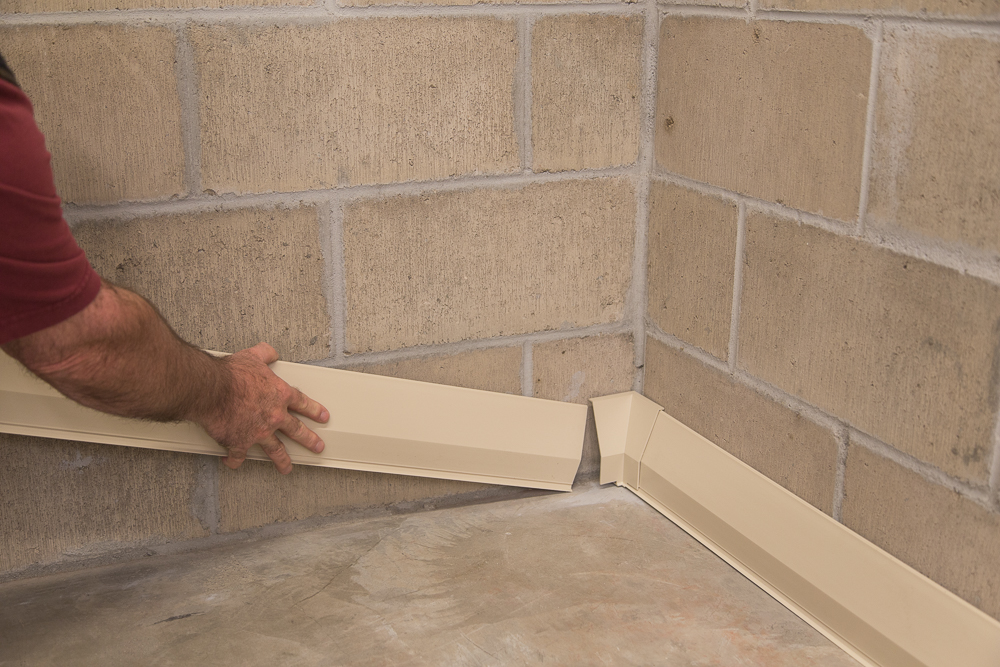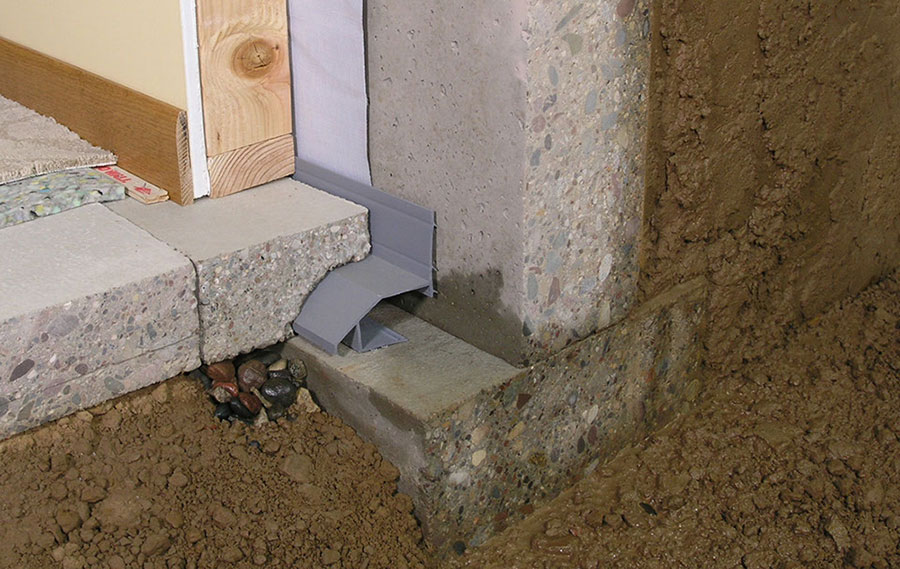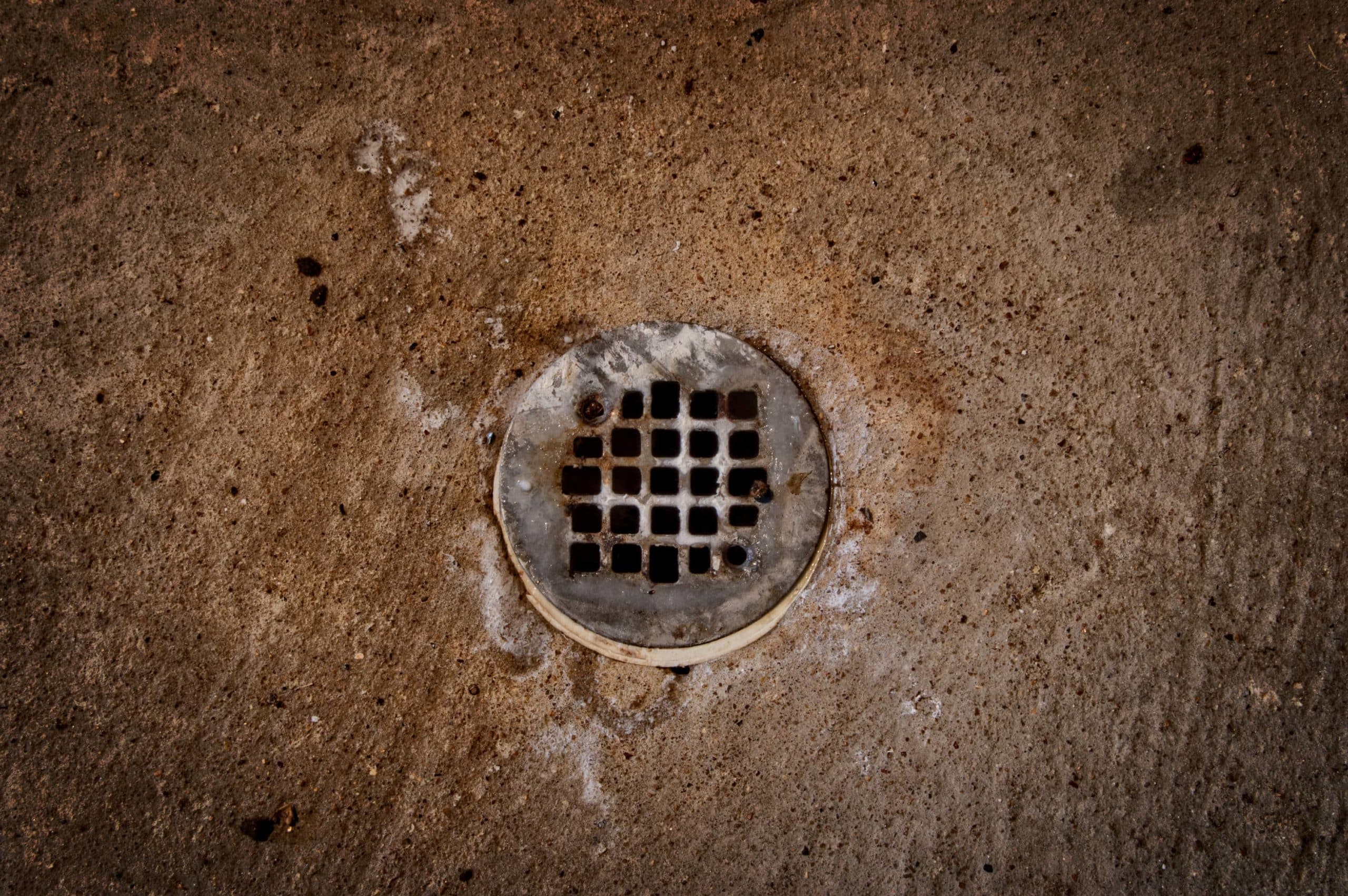Deep beneath our feet, where concrete meets plumbing, the basement floor drain stands as a humble yet critical guardian against water damage and flooding. While often overlooked until problems arise, properly sealing this essential component can mean the difference between a dry, healthy basement and a costly disaster. Like a submariner’s hatch, these drains require precise sealing techniques to create an impenetrable barrier against not just water, but also radon gas, sewer odors, and unwelcome pests seeking refuge in your home’s lowest level.
Sealing Basement Floor Drain
One point about carpeting is actually that it collects dust, so determine how dusty this particular room is actually before selecting the basement flooring of yours. Not only do ceramic as well as porcelain have water-resistant properties, but with an assortment of types, colors and styles you are able to make a statement in your basement. Rather, it’s much more likely to be utilized for something as storage.
Basement Waterproofing: How to Install a Water Drainage System (DIY)
Lots of heads may be turning about this statement, though the truth of the matter is actually which there is no other area of the home that will increase the value to your house than the basement. With this regard, you are going to have to choose the kind of flooring that is sturdy and does not ruin easily after water contact.
SureSeal® Floor Drain Trap Seal
Basement Drainage Systems HGTV
How to Waterproof a Basement – Easy Video Installation Guide
Remedial Drainage Options WATERPROOF! Magazine
Green Drain™ Waterless Trap Seal for Floor Drains – Easy-to-Install Trap Primer Alternative
How to Fix Basement Floor Drain Backing Up – Avalon Home Inspections
Basement Floor Drain Backing Up? Hereu0027s How to Fix It
Floor Drain Sewage Odor Problems: Cause u0026 Cure
Related Posts:
